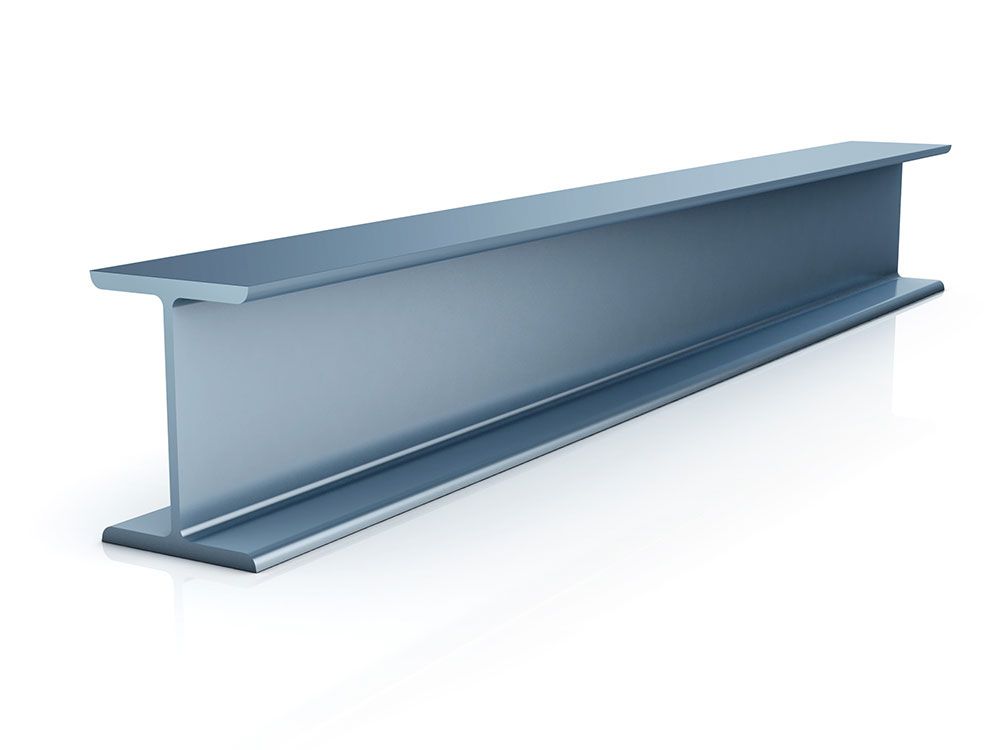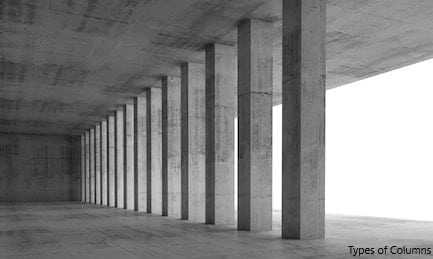Structural health monitoring (SHM) has grown in importance as a tool for civil engineers to ensure the integrity of structures and ensure public safety. SHM systems monitor and assess the structural system by collecting data from sensor networks. This data can then be analysed to detect changes in the structural system such as structural degradation, damage, and hazards. In this blog article, we’ll explore the advantages of using SHM for civil engineering purposes and how to design a successful SHM system.
What is Structural Health Monitoring
Structural health monitoring (SHM) is a process that involves using sensors, data acquisition systems, and analysis tools to monitor the performance and condition of structures over time. SHM is commonly used in civil engineering, aerospace engineering, and mechanical engineering applications to ensure the safety and reliability of structures.
The goal of SHM is to detect changes in the structural behavior or condition that may indicate damage or degradation before a catastrophic failure occurs. SHM systems can be designed to measure a wide range of parameters, such as structural vibrations, strains, deformations, temperature, and humidity.
SHM systems typically consist of the following components:
- Sensors: These are devices that measure physical parameters such as strain, displacement, acceleration, and temperature. The sensors are usually installed on or within the structure.
- Data acquisition system: This is a system that collects data from the sensors and records it for analysis. The data acquisition system may include analog-to-digital converters, signal conditioners, and data storage devices.
- Analysis tools: These are software tools that analyze the data collected by the SHM system. The analysis tools can be used to detect changes in the structural behavior or condition and to predict the remaining useful life of the structure.
- Communication system: This is a system that allows the SHM system to communicate with other systems or stakeholders, such as the building owner, maintenance personnel, or emergency responders.
The benefits of SHM include improved safety, reduced maintenance costs, and increased lifespan of the structure. By detecting damage or degradation early, SHM systems can help to prevent catastrophic failures, reduce downtime, and improve the reliability of the structure.

The use of SHM in civil engineering can provide many advantages. SHM can be used to monitor the performance of structures in real-time, which can help engineers to identify and address problems before they cause serious damage. SHM can also be used to improve the efficiency of maintenance and repair operations, as well as to improve the safety of structures.
There are a few key considerations for designing an effective SHM system. First, the system must be able to collect accurate data from the sensors. Second, the data must be processed in a way that allows for accurate assessment of the structural system. Third, the system must be designed for the specific needs of the civil engineering application.
SHM systems can provide many benefits for civil engineering applications. By ensuring accurate data collection and analysis, SHM can help engineers to maintain the safety and integrity of structures.
What are the benefits of using SHM in civil engineering?
SHM can be used to monitor the performance of structures in real-time, which can help engineers to identify and address problems before they cause serious damage. SHM can also be used to improve the efficiency of maintenance and repair operations, as well as to improve the safety of structures.
SHM systems can provide many benefits for civil engineering applications. By ensuring accurate data collection and analysis, SHM can help engineers to maintain the safety and integrity of structures.
When might SHM not be the best solution?
There are a few key considerations for designing an effective SHM system. First, the system must be able to collect accurate data from the sensors. Second, the data must be processed in a way that allows for accurate assessment of the structural system. Third, the system must be designed for the specific needs of the civil engineering application.
SHM systems can provide many benefits for civil engineering applications. However, they may not be the best solution in every case. When designing an SHM system, it is important to consider the specific needs of the application to ensure that the system is effective.
In addition, you may study the article structural assessments for further information on the structural condition assessment.


